
Ayodhya cradles the Indian civilization, boasting a legacy etched not just in myth but in brick and mortar. Traveling to Ayodhya, lets you explore the city’s architectural marvels, a mesmerizing blend of ancient temples, colossal forts, and bygone palaces. Every architecture whispers tales of bygone eras, showcasing the artistic genius that flourished here. Be ready to get awestruck by the intricate carvings, towering spires, and serene sanctums that embody the soul of Ayodhya. Discover the famous heritage sites, ancient temples, and royal palaces in Ayodhya tour packages. Besides Ram Mandir there are many famous tourist places to visit in Ayodhya, and below listed are some of the best ones.
Chandrahari Temple –
One of the seven prominent Vishnu temples in Ayodhya is known as the Sapta Hari Temple. The temple is located on the banks of the Sarayu River. It is believed that the moon-God Chandradeva consecrated the temple’s deity of Chandrahari after being drawn by the glory of Ayodhya Dham. The temple is known for special prayers offered by people who have seen one thousand full moons, which is equivalent to 81 years of age.
Nageshwarnath Temple –
The famous Hindu temple on the Ram ki Paidi in Ayodhya, Nageshwarnath Temple is one of the famous temples in the sacred city. It is among the must-visit tourist places to visit in Ayodhya. Lying adjacent to the Their Bazaar, Nageshwarnath Temple is dedicated to Lord Shiva who is also known as the Lord of Snakes. The sanctum sanctorum of the temple encloses a beautiful Shiva Lingam.
Mani Parvat –
A tiny hillock located in Kami Ganj, Ayodhya, Mani Parvat is the most religious place to see during a sightseeing tour. Located around 65 feet above the sea level, Mani Parvat
Hanuman Garhi Temple –
Hanuman Garhi is a 10th-century Hindu Temple in the Sai Nagar area of Ayodhya, Uttar Pradesh, India. Located in the center of the town, the Hanuman Garhi temple is dedicated to the Hindu God, Hanuman. One of the most important temples in Ayodhya, as it is customary to visit Hanuman Garhi before heading to the Ram Temple in Ayodhya.
Sita ki Rasoi –
Located on the north-western side of Ram Janmabhoomi in Ayodhya’s Rajkot, Sita ki Rasoi is believed to be an ancient kitchen used by goddess Sita herself. Built quite close to the Ram Janmasthan, this sacred site is now a temple housing some exhibit vessels. The two kitchens are revered in Sita’s name, this Sita ki Rasoi is a basement kitchen.
Kanak Bhawan –
Kanak Bhawan is another Hindu temple located in the Tulsi Nagar area of Ayodhya. It lies on the northeast of Ram Janmabhoomi or Ramkot, which is one of the famous temples to visit in Ayodhya as part of your Ayodhya tour package. Dedicated to Lord Ram and his divine consort Sita, the mahal I believed to be a gift from Kaikei to Devi Sita.
Surya Kund –
A spectacular waterfall in Gangotri, Surya Kund is located 500 meters from the Gangotri Temple. Suryakund holds special religious significance as it is believed that Goddess Parvati used to take a bath here, praying homage to the Sun God. A rainbow is created every time waterfalls down into the kund while the sun is shining.
Gulab Bari –
Gulab Bari is a mausoleum located in the Vaidehi Nagar area of Faizabad. One of the heritage places in Uttar Pradesh, Gulab Bari is among the top tourist places to visit in Ayodhya. Garden of Roses is a lush green garden and is home to the magnificent tomb of Nawab Shuja-ud-Daula, the third Nawab of Awadha, who ruled between 1753 and 1775.
Ram ki Paidi –
Located around 3 kilometers away from Ayodhya Railway Station, Ram ki Paidi is a series of ghats on the bank of River Sarayu in Ayodhya. One of the many ghats on the banks of the river, Ram ki Paidi is amongst the top places for sightseeing in Ayodhya. Ram ki Paidi expects huge crowds of pilgrims and devotees to take a bath in the holy waters of the river. The holy water is lifted with motor pumps from the Sarayu River.
Guptar Ghat–
Guptar Ghat is a holy ghat located on the banks of River Saryu in Faizabad near Ayodhya. It is one of the popular religious places to visit in Ayodhya. Guptar Ghat holds immense religious significance. It is believed to be the place where Lord Rama meditated and undertook the Jal Samadhi to leave the earth and go back to his original abode Vaikunta.
Conclusion –
Ayodhya's architectural tapestry stands as a testament to the city's enduring spirit. From the intricate carvings to the soaring facades, each structure tells a story, whispering of a glorious past. As you depart, take with you a newfound appreciation for the artistic heritage that continues to breathe life into this sacred city.

Hathi Gaon Elephant Village

Gulab Bagh And Zoo, Udaipur
.webp)
Bagore ki Haveli, Udaipur
.webp)
Eklingji Temple, Udaipur
.webp)
Bada Bagh, Jaisalmer
.webp)
Patwon ki Haveli Jaisalmer
.webp)
Jaisalmer War Museum
.webp)
Nathmal ji ki Haveli Jaisalmer
.webp)
Gadsisar Lake Jaisalmer
.webp)
Sisodia Rani ka Bagh Jaipur

Sisodia Rani ka Bagh Jaipur

Gadsisar Lake Jaisalmer

Nathmal ji ki Haveli Jaisalmer
.webp)
Desert Festival Jaisalmer – Music, Dance & Culture
.webp)
Rajasthan Festival Calendar: Your Guide to Celebrations
.webp)
A Food Lover’s Guide to Rajasthan: What to Eat & Where
.webp)
Forts & Palaces of Rajasthan You Cannot Miss
.webp)
National Parks and Wildlife Sanctuaries in Rajasthan
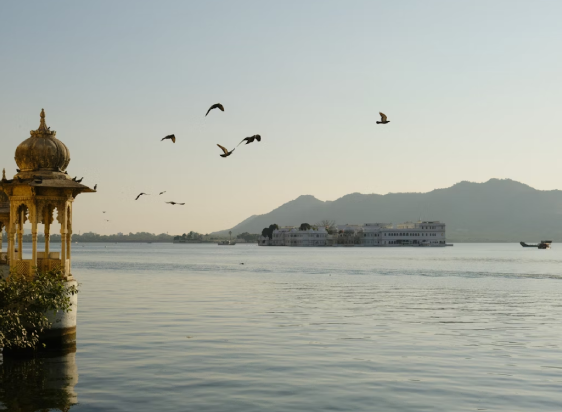
City Palace Udaipur Travel Guide: Timings, Tickets, History & Photography Spots
.webp)
Explore India’s Heritage in 3 Days: Golden Triangle Tour Itinerary
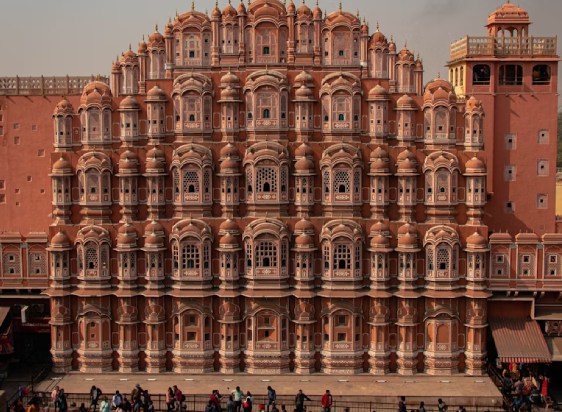
Golden Triangle Tour: 4 Days of History, Culture, and Adventure
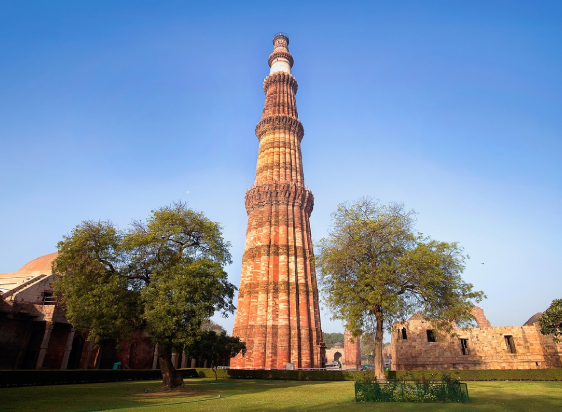
Maximize Your Experience: 5-Day Golden Triangle Tour Package Highlights
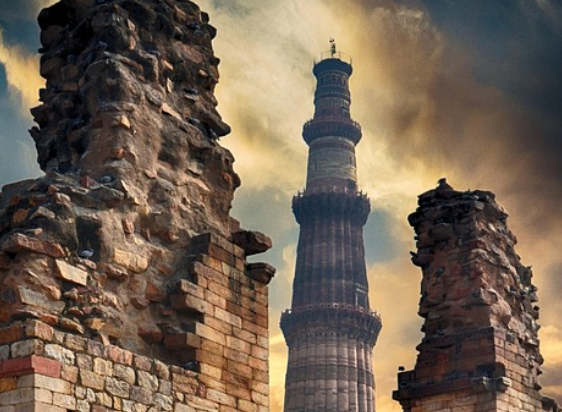
The Ultimate 6-Day Golden Triangle Tour: From Monuments to Markets

10 must-see places in Jaipur

10 must-see places in Jodhpur

10 Must-See Places in India

10 must-see places in Jaisalmer

10 must-see places in Rajasthan

How to Reach Agra?

How to Reach Delhi?

How to Reach Jaisalmer?

How to Reach Udaipur?

How to Reach Jaipur?

Char Dham Yatra: A Journey of Faith and Spiritual Awakening in Uttarakhand

Places To Visit in Jaipur with Family

10 Hill Stations In India- Location, History, Timings, Images

India Gate Delhi – Location, History, Timings, Entry Fee, Images

Red Fort – Old Delhi, Facts, Timings, History, Location
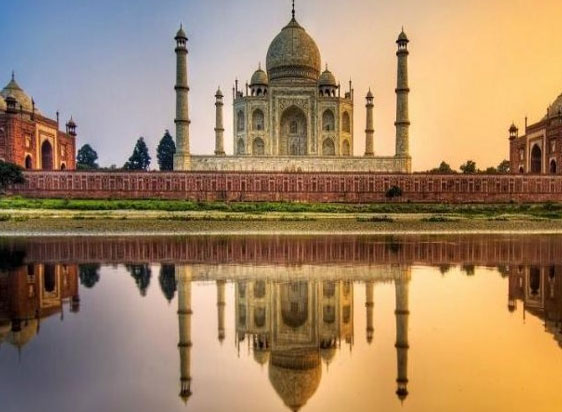
Golden Triangle Tour of Luxury and Budget-Friendly

Best Time to Visit the Golden Triangle: Seasonal Travel Guide
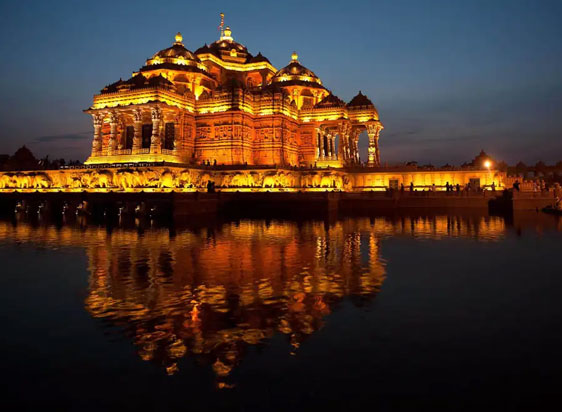
Akshardham Temple Delhi Timings, History, Entry Fee, Images, Aarti, Location & Phone Number

Best Ranthambore Tour Packages Itinerary

Best Jaisalmer Tour Packages Itinerary

Best Udaipur Tour Packages Itinerary

Best Jaipur Tour Packages Itinerary

Best Rajasthan Tour Packages Itinerary
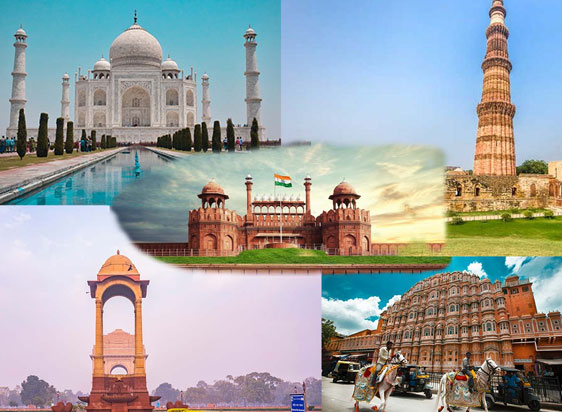
How to pick the right India tour packages?
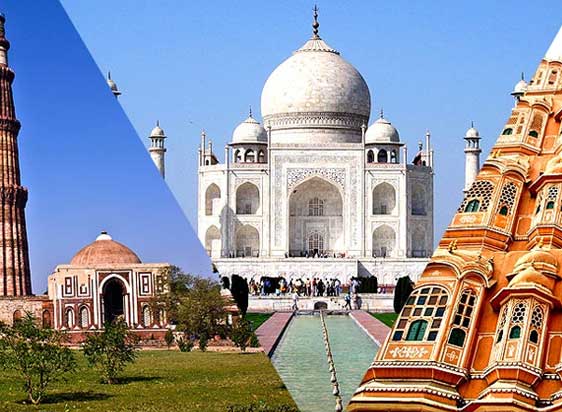
All India Tour Packages Cost: Exploring the Riches of Incredible India
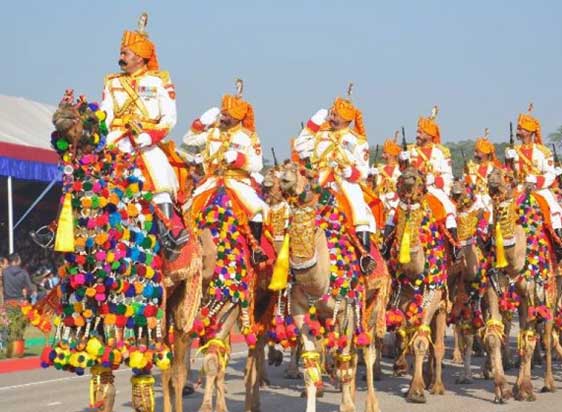
Rajasthan Festivals Tour Guide

A Complete Travel Guide to Jaipur for IIFA 2025

IIFA 2025 Jaipur: Celebrating 25 Glorious Years of Indian Cinema / IIFA Awards 2025 Date, Venue, Tickets, Host, Transportation
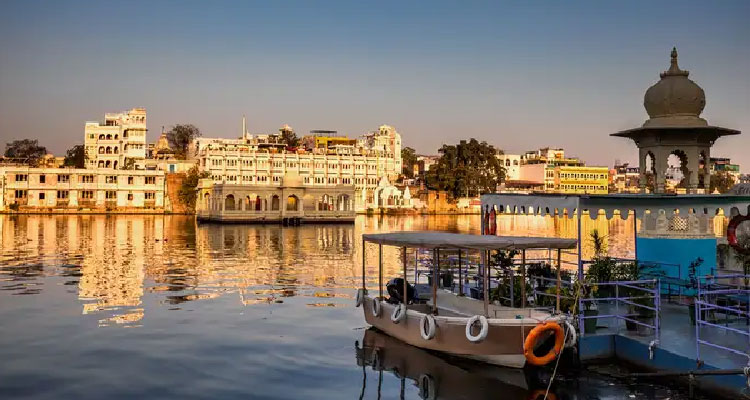
Taj Lake Palace Udaipur
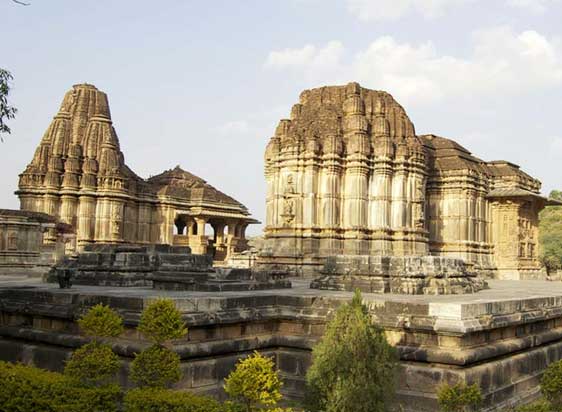
Eklingji Temple, Udaipur

Bagore ki Haveli, Udaipur

Most Popular Dishes to Try in North India Tour

Ranthambore National Park Safari

Moti Doongri Ganesh Temple Jaipur
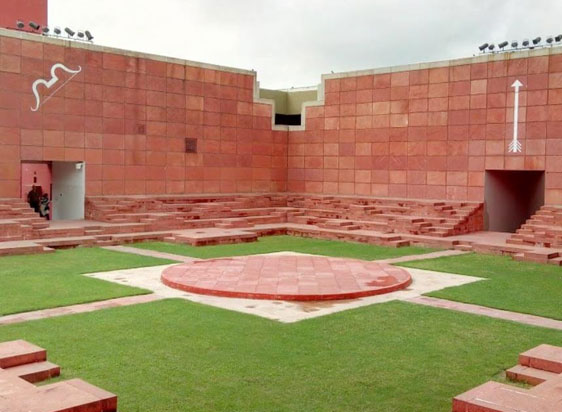
Jawahar Kala Kendra Jaipur

Gatore Ki Chhatriyan Jaipur – Entry Fee, Timing, Location
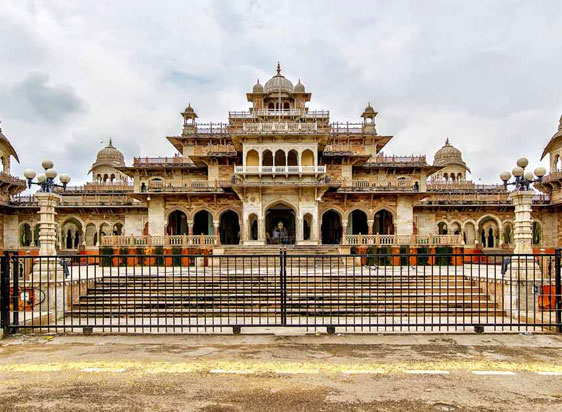
Albert Hall Museum Jaipur

Panna Meena ka Kund Jaipur

How to Book a Tour Guide in Jaisalmer?
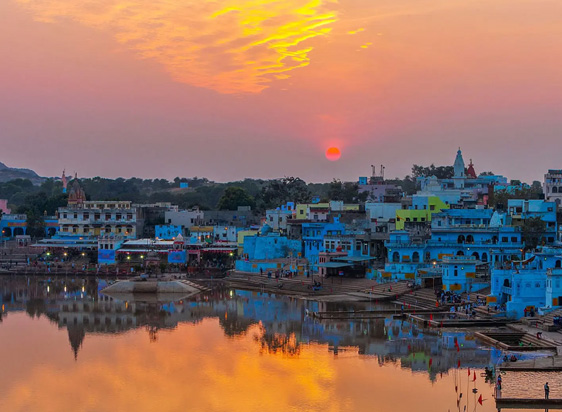
How to Book a Tour Guide in Ajmer Pushkar?
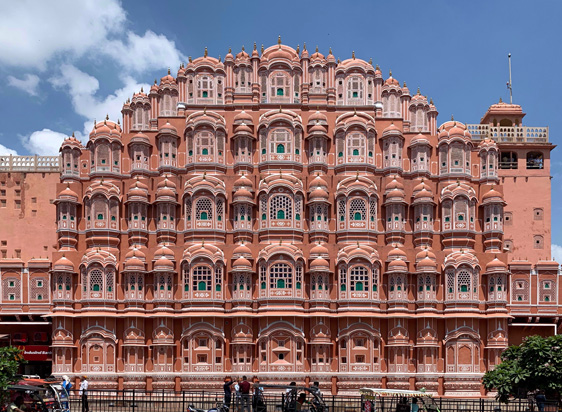
How to Book a Tour Guide in Jaipur?
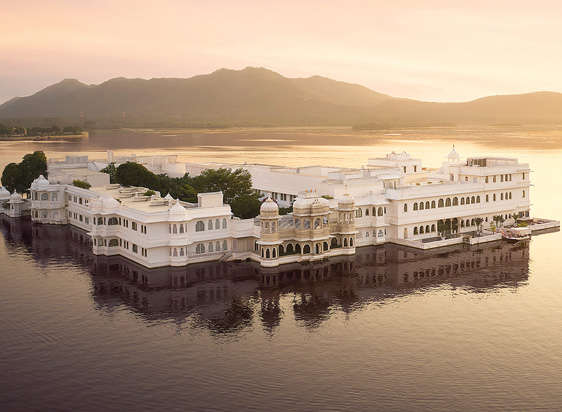
How to Book a Tour Guide in Udaipur?
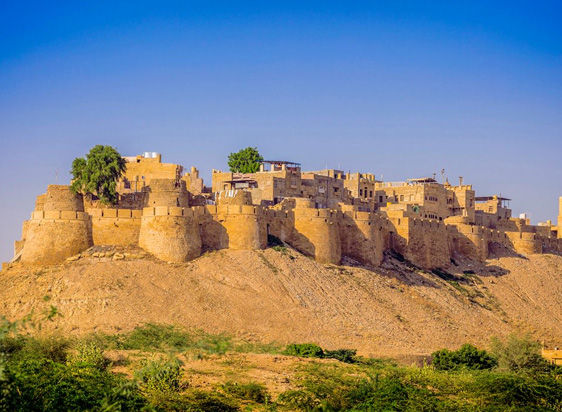
How to Book a Tour Guide in Rajasthan?

Female tourist guide in Jaipur
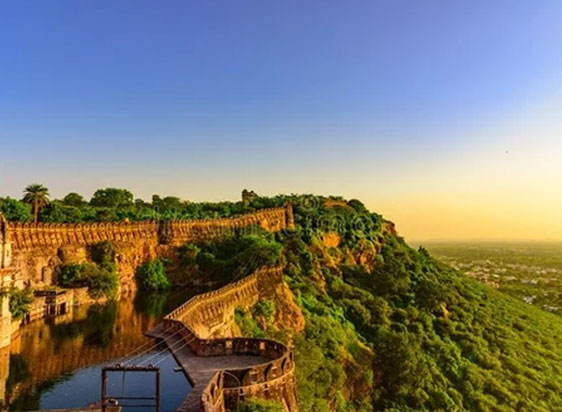
Jaipur Solo Trip Package

These 7 spots will tell you why Rajasthan is the perfect spot for Glamping

7 Unforgettable Road Trips of Rajasthan
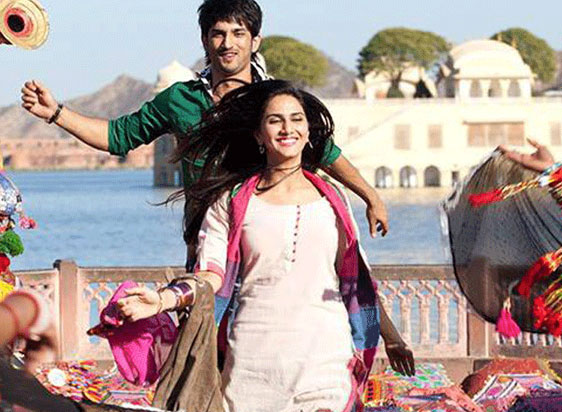
Film Shoot Locations in Jaipur
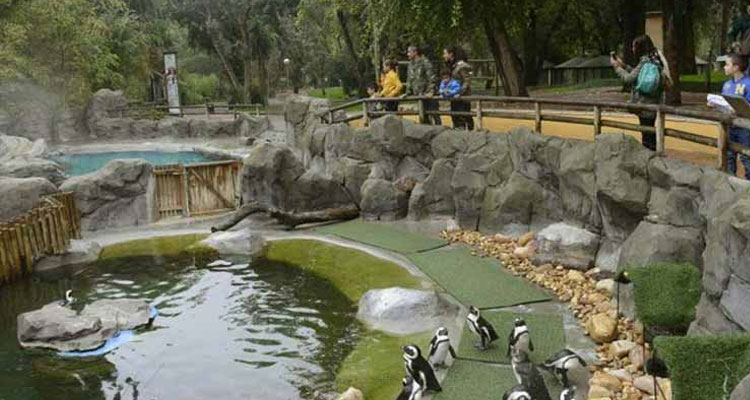
Jaipur Zoo Garden – Timings, Entry & Tickets Prices, and Things to See
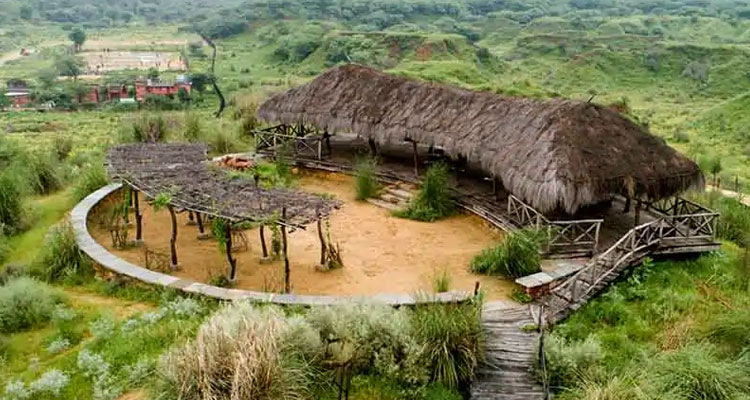
Kishan Bagh Jaipur – Entry Fee, Timings, Location

Jaipur Tourism: All you need to know

Johari Bazaar Jaipur: A Must-Visit Shopping Place
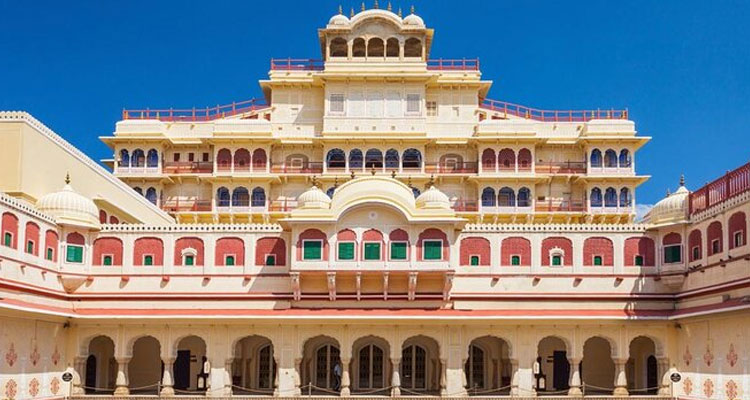
Chandra Mahal Jaipur
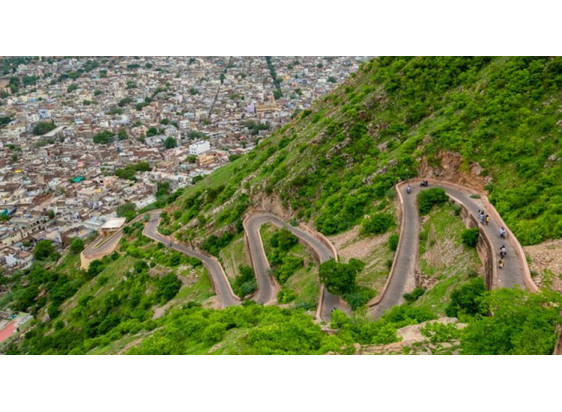
6 Exhilarating Road Trips From Jaipur That’ll Invoke Your Wanderlust Soul

Jaisalmer Nightlife: What To Do And See In The Golden City After Dusk Falls
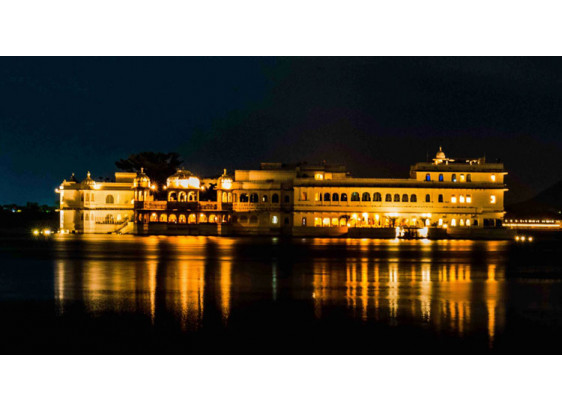
Places To Visit in Udaipur At Night

Top 10 Winter Honeymoon Destinations in Rajasthan to Make Memories with Your Loved Ones
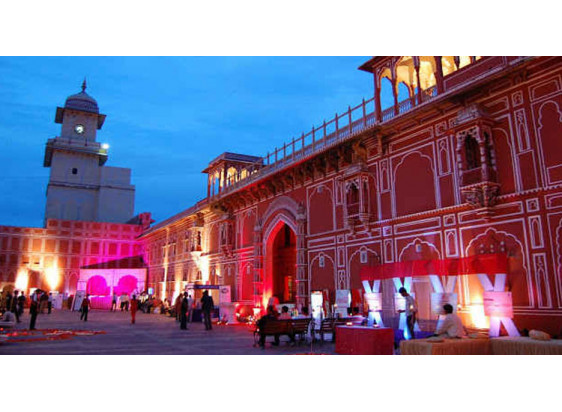
10 Best New Year Destinations in Rajasthan
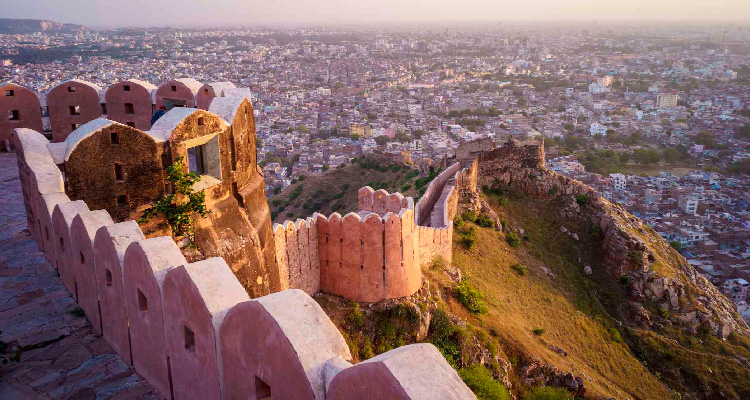
Nahargarh Fort Jaipur – History, Architecture, Timing, Entry Fee, Attractions, Lesser-Known Facts
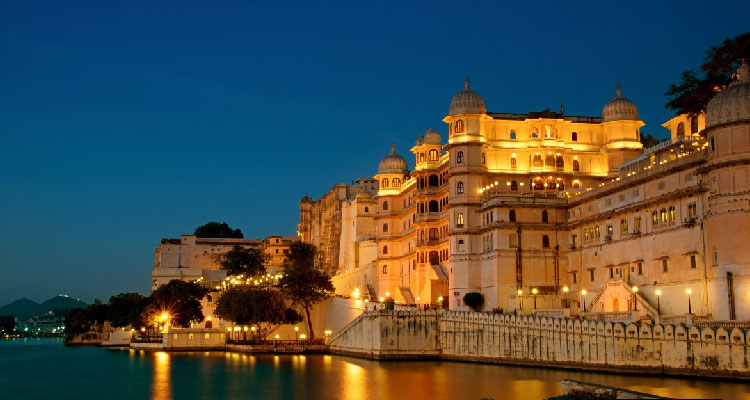
Tips for Solo Female Travelers in Rajasthan

Discover the Unseen Places in Rajasthan
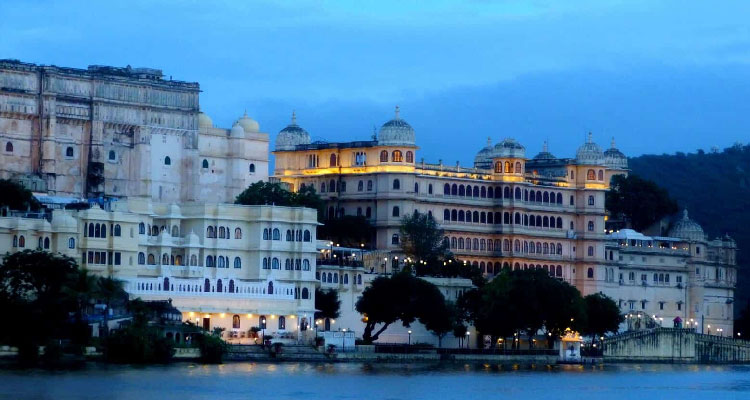
Best Monsoon Tour Packages of Rajasthan
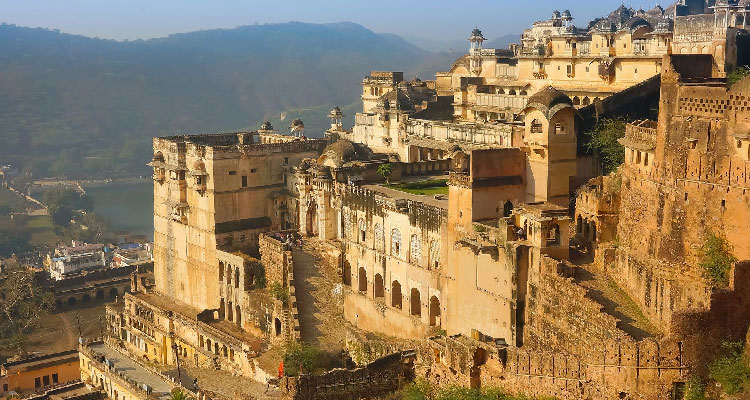
12 Reasons Why I Absolutely Loved Rajasthan
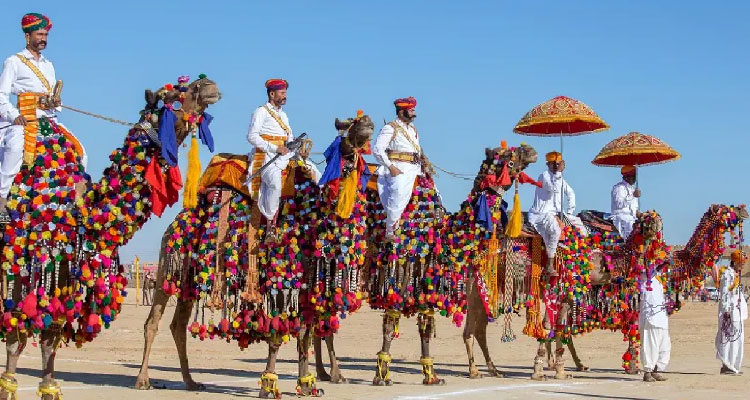
Rajasthan Cultural Holidays

Best One Day Trips in Rajasthan
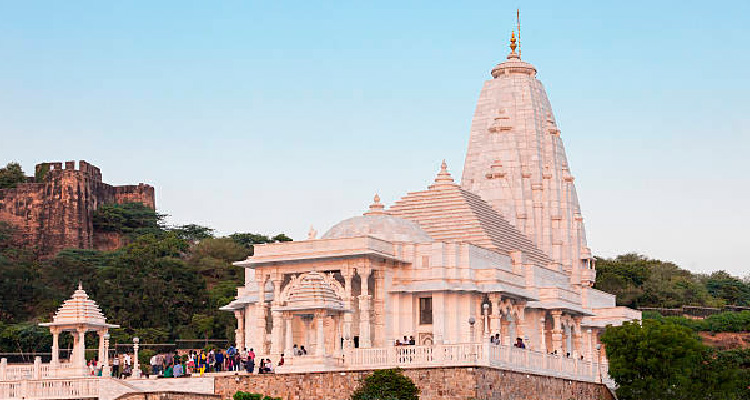
Birla Mandir Jaipur – History, Architecture, Timing, Entry Fee, Attractions, Lesser-Known Facts

Top 7 Destinations in India to Celebrate New Year 2024

Jaipur Travel Tips

7 Amazing Things to Do and See in India in 2023-24

The Ideal Rajasthan Itinerary

Places to visit near Jaipur for 2 days

India's Top 10 UNESCO WORLD heritage sites

Royal Experiences in India to Make You Feel Like Maharajas in 2023-24

Jaipur Tour by Private Car and Driver

Luxury Travel India: Explore the best Luxury India Tour in one go

A Complete Guide to India Golden Triangle

How To Choose The Best Taxi Service in Jaipur for Sightseeing

The Ultimate Rajasthan Family Vacation: A Comprehensive Guide

Hawa Mahal: About, Time, History, Activities, Entry Fee

Chokhi Dhani Resort: About, Time, History, Activities, Entry Fee

JLF 2025: Jaipur Literature Festival, Dates, Lineup, Tickets

Planning a Rajasthan Family Adventure: Tips and Tricks

Jaipur Tour Guide

2 Days Jaipur Sightseeing Tour

Shopping Paradise: A Guide to the Vibrant Bazaars of Jaipur

Discover Rajasthan with Kids: Top Family-Friendly Destinations

Luxury Cars in Jaipur for That Special Occasion

Top 10 Popular Temples To Visit In Jaipur

Rajasthan's Kid-Friendly Palaces and Forts: A Historical Adventure for the Family

Amber Fort: About, Time, History, Activities, Price

B2B Travel Company in Rajasthan

Unique Experiences to Enjoy in Jaipur

Family Fun in Jaipur: Exploring the Pink City with Children

Jaipur Shopping Guide: Best Things to buy and Shopping Places in Jaipur

Udaipur Unplugged: Family-Friendly Activities by the Lake

Jantar Mantar: About, History, Activities, Time, and Entry Fees

Wildlife Encounters in Rajasthan: A Family Safari in Ranthambore

Albert Hall Museum: About, History, Activities, Time, and Entry Fee

Places to visit in Rajasthan

Top 7 Travel Destinations In Rajasthan For A Relaxing Trip In Winter 2022

Jaipur Food Tour

Rajasthan's Festivals for Families: Experiencing the Vibrant Culture Together

Jaipur Amber Fort: The Completer Tour Guide

Jaipur Tour By Tempo Traveller

Rajasthan's Royal Cuisine: Family Food Adventures

Exploring the Aravalli Hills: Family Trekking and Nature Walks

Amer Fort Light and Sound Show 2025

2 Days In Jaipur: Discover The Best Of Pink City In 48 Hrs

Hire Taxi in Jaipur

Jaipur Travel Guide: All You Need To Know For Planning Holiday in Jaipur

Heritage Hotels in Rajasthan: Unique Stays for the Whole Family

Crafting Memories: Family Art and Craft Experiences in Rajasthan

Wedding Car Rental in Jaipur

Top 10 Places to visit in Rajasthan in Winter

Discover These 5 Wildlife Sanctuaries Around Jaipur To Go On A Holiday Full Of Thrill!

Education Rajasthan Tour: An Ultimate Experience For Kids

Rajasthan Tour by Tempo Traveller

Hot Air Balloon Rides in Rajasthan: A Family Adventure in the Skies

Jaipur Airport Taxi

Golden Triangle Travel Guide

Camel Riding and Desert Camps: Family Adventures in the Thar Desert

Same-Day Tour to Jaipur

Shopping with the Family: Souvenirs and Local Markets in Rajasthan

7-Day Trip to Rajasthan

Festivals in Rajasthan

Rajasthan Luxury Tour by Car

Jaipur Like a Local: Experiencing the City Through Local Activities

Family Road Trip: Navigating Rajasthan's Scenic Routes

10 Luxury Stay in Rajasthan

Rajasthani Folk Tales: Storytelling Sessions for Children

Famous Foods of Rajasthan You Must Try on Your First Trip

Places to visit On Golden Triangle Tour

B2B Travel Company in Jaipur

How can I spend 3 days in Jaipur

How to Plan Your Rajasthan Tour

Jaipur Budget-Friendly Tour: The Best Way to Explore

Taxi in Jaipur

Unveiling the Pink City: A Historical Tour of Jaipur

Places to visit in Ayodhya

Why is Jaipur known as Pink City

Taxi Services in Jaipur

Places to visit near Ayodhya

Attractive Places to Visit Near Jaipur in One Day

Timing & fees for visiting Jaipur monuments

Places to Visit in Jaipur in Winters

Jaipur Sightseeing Tour

Ayodhya Shopping Guide

Jhalana Leopard Safari Price

Planning Your Golden Triangle Tour by Car

Ram Mandir Tour Guide (Ayodhya Tour Guide)

Rajasthan's Puppet Show and Folk Entertainment: A Delight for Kids

Jawai leopard Safari: Plan a memorable Wildlife Trip from Jaipur

Places to Visit Rajasthan in December

Taj Mahal Agra: Timings, History, Entry Fee, Images, Built by & Information

Best Wildlife Sanctuaries Around Jaipur

Tips to plan Jaipur Tour Packages

One Day Jaipur Local Sightseeing Tour Package by Car

Most Popular Weekend Gateways From Jaipur

Chokhi Dhani Village Jaipur Package - Entry Fee, Timings 2023

Red Fort / Lal Kila Delhi (Entry Fee, Timings, History, Built by, Images & Location

Best Honeymoon Destination in Rajasthan

10 Things To Do In Jaipur

Rajasthan Travel Guide: Places to visit, Best time to visit, How to reach, etc.

Jaipur Agra Same Day Tour

Best Time To Visit Jhalana Leopard Safari – Jaipur

Rajasthan Shopping Guide

7 Best Places To Visit Near Jaipur On A Same-Day Tour

How To Plan A Jaipur Trip?

Top 68 Places to Visit in Jaipur

Best Shopping Places in Jaipur

Jaigarh Fort, Jaipur (2024): Timings, Entry Fee, History

7 Things To Shop In The Jaipur Shopping Tour

Akshardham Temple Jaipur

Luxury Car Rental in Jaipur

Architectural Marvels of Ayodhya: Heritage of Temples and Palaces

Planning Your Ayodhya Expedition: Travel Tips and Local Insights

Heritage Walk: Unveiling Ayodhya's Historical Treasures

Exploring Ayodhya Beyond the Ram Mandir: Hidden Gems and Local Delights

Things to do in Ayodhya

Call Our Customer Care Executive. We Are Available 24x7 Just Dial.
91-9166497735